Podcast: Play in new window | Download (Duration: 30:33 — 17.6MB)
Subscribe: Google Podcasts | Email | RSS
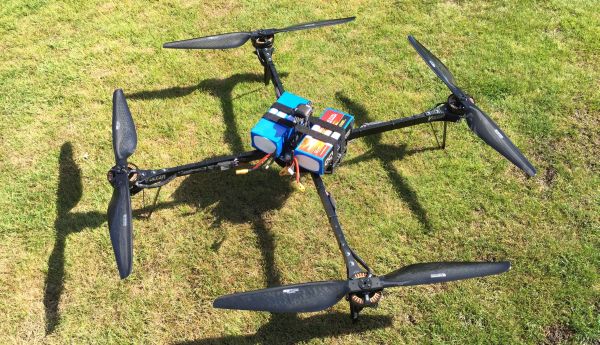 The House FAA reauthorization bill returns to Committee, package delivery by drone in Singapore, a quadcopter crosses the English Channel, filming wildlife with drones, a drone detection system for airports, and putting UAVs on the internet.
The House FAA reauthorization bill returns to Committee, package delivery by drone in Singapore, a quadcopter crosses the English Channel, filming wildlife with drones, a drone detection system for airports, and putting UAVs on the internet.
News
House FAA reauthorization legislation delayed
The “AIRR Act” that passed the House Transportation and Infrastructure Committee on February 11 with “micro UAS” provisions has met broad opposition, largely over the topic of air traffic control privatization. As a result, the Act has returned to the Committee for revision, thus delaying action on both small and micro UAS.
Airbus Helicopters and Civil Aviation Authority of Singapore Sign MoU for UAS Experimentation Project
Under the Skyways Experimentation Project, Airbus and CAAS expect to conduct package delivery proof-of-concept trials in Singapore in two phases. In the first phase, Airbus will create a network of parcel stations on the campus of the National University of Singapore (NUS). Phase two would test package delivery from a station on the Singapore coast to ships anchored in the bay.
Drone makes historic 72-minute flight across English Channel
UK commercial drone operator Ocuair™ has successfully flown a quadcopter across the English Channel. The customized Enduro quadcopter flew 35 km (21.7 miles) in 72 minutes, with an operator staying within 500 meters in a chase boat. Along the way, the drone encountered a GPS guidance problem, requiring manual guidance for the last part of the flight.
Making Aviation History – The First Quadcopter Drone to Fly Across the English Channel
Attenborough calls in the drones for his new series: Broadcaster will use technology to capture elusive and dangerous animals
For his new six-part Planet Earth II series, Sir David Attenborough has used ultra-high-definition and ultra-high-speed cameras mounted on drones to capture dramatic footage of dangerous and elusive animals.
Anti-drone system for airports passes tests
As reported in Episode 117, the FAA entered into a Pathfinder agreement with CACI International Inc. to evaluate using the company’s sensor technology to detect rogue UAS in the vicinity of airports. Now the CACI proof-of-concept system has been tested at the Atlantic City International Airport. The SkyTracker™ system uses radio frequency sensors positioned around an airport which detect frequencies typically used by unmanned aircraft. Then it triangulates the signals to provide the location of the UAS and its operator. FAA press release: FAA, DHS, CACI, UMD Perform UAS Detection Work.
AT&T and Intel to Test Drones on LTE Network
AT&T and Intel are working to understand how drones could be connected via a ground-based network. Intel will partner with the AT&T Internet of Things (IoT) team, and the AT&T Foundry innovation center in Palo Alto, California.
Video of the Week
Raffaello D’Andrea: Meet the Dazzling Flying Machines of the Future
Autonomous systems expert Raffaello D’Andrea demonstrates a flying wing that can hover and recover from disturbance, an eight-propeller craft that’s ambivalent to orientation, and a swarm of tiny coordinated micro-quadcopters. Filmed February 2016 at TED2016.

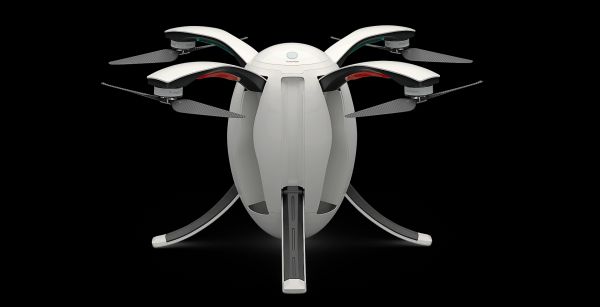
 Anti-drone systems and shooting down drones, more legislation from California, the authority to control the airspace, the FAA clamps down on R/C and drone clubs in Washington, D.C., formation flying, drones in television and film, stealth UAVs, and the B4UFLY app.
Anti-drone systems and shooting down drones, more legislation from California, the authority to control the airspace, the FAA clamps down on R/C and drone clubs in Washington, D.C., formation flying, drones in television and film, stealth UAVs, and the B4UFLY app.

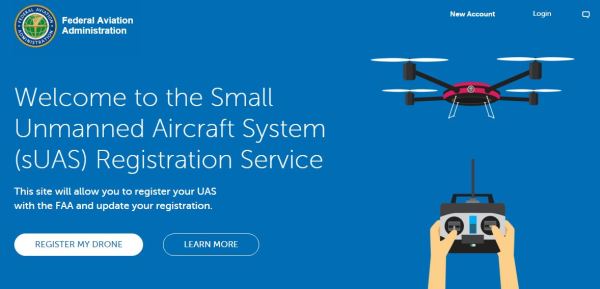


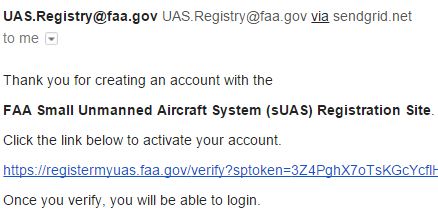
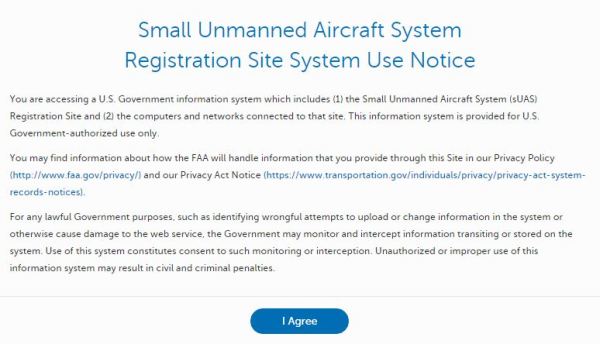




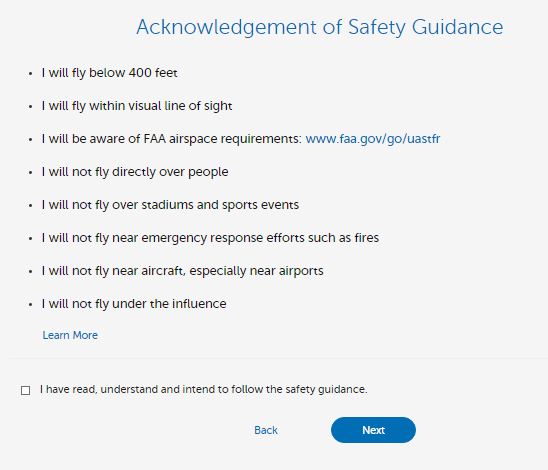


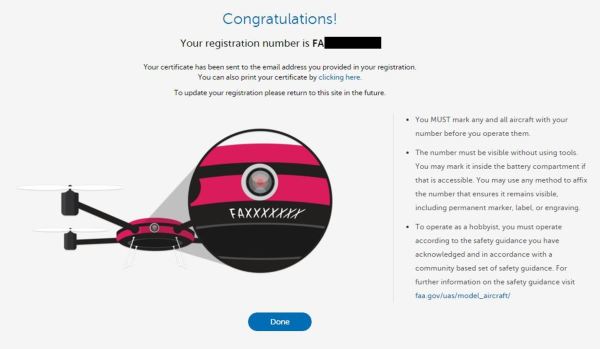
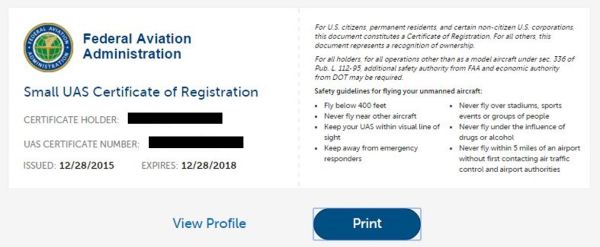


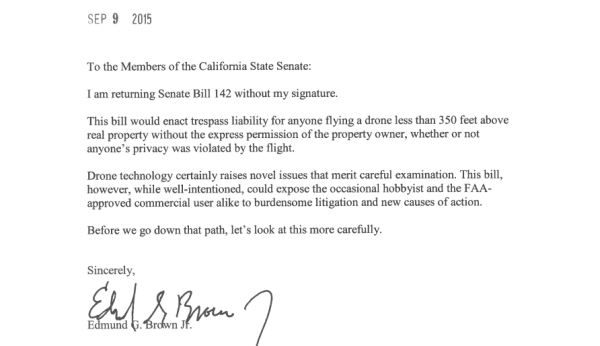
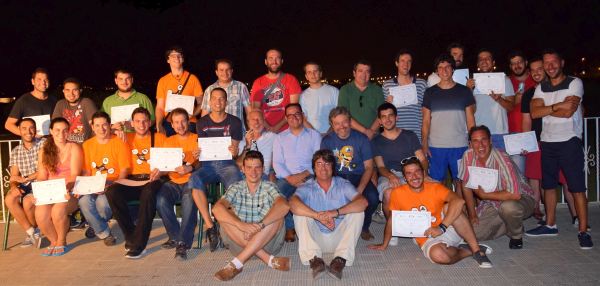
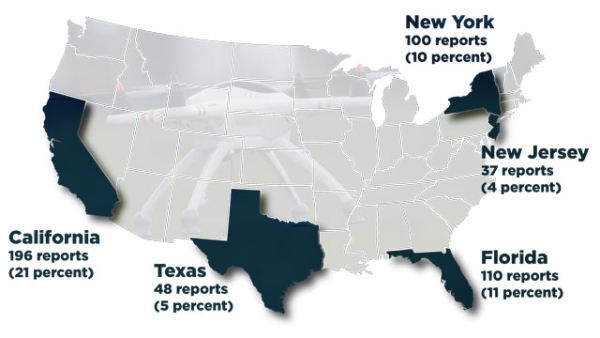
 Sarah Nilsson has both an aviation and a legal background. She holds an airline transport pilot certificate for single and multi-engine fixed-wing airplanes. She has also flown air cargo and private business jets, and is a gold seal flight instructor.
Sarah Nilsson has both an aviation and a legal background. She holds an airline transport pilot certificate for single and multi-engine fixed-wing airplanes. She has also flown air cargo and private business jets, and is a gold seal flight instructor.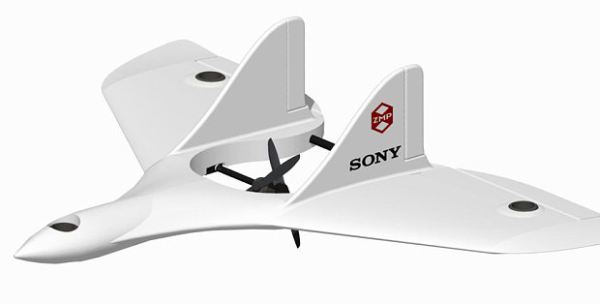
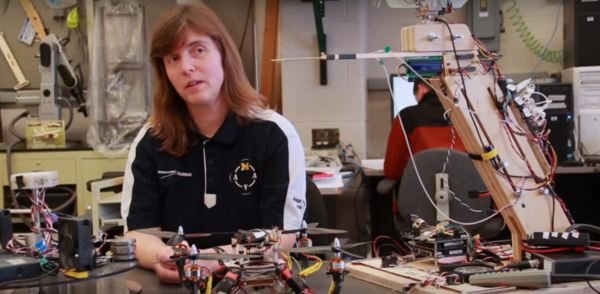
 Ella received her BS and MS in Aeronautics and Astronautics from the Massachusetts Institute of Technology, and her MS and PhD in Computer Science and Engineering from the University of Michigan.
Ella received her BS and MS in Aeronautics and Astronautics from the Massachusetts Institute of Technology, and her MS and PhD in Computer Science and Engineering from the University of Michigan.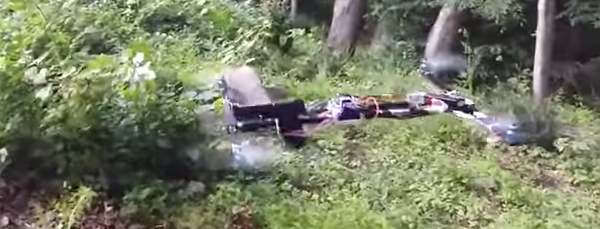 A weaponized quadcopter, shooting down drones, legislation that would permit disabling drones, and nine ways to not be an idiot.
A weaponized quadcopter, shooting down drones, legislation that would permit disabling drones, and nine ways to not be an idiot.